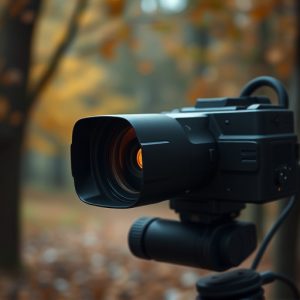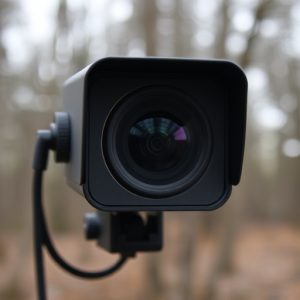Unveiling Hidden Eyes: Lights Uncover Disguised Cameras for Home Protection
Disguised cameras, seamlessly integrated into everyday items like picture frames or light fixtures,…….
Disguised cameras, seamlessly integrated into everyday items like picture frames or light fixtures, offer homeowners a discreet yet powerful tool for residence security. They secretly record footage, providing evidence and enhancing safety measures. Lights with specific wavelengths, such as motion-activated infrared lights, can reveal hidden surveillance devices without compromising aesthetics. Regular visual inspections, advanced technology, UV/infrared illumination, and decoy cameras are essential tactics to uncover and deter intruders, ensuring peace of mind for disguised cameras for home protection.
In today’s digital era, hidden cameras pose a growing threat to home security. Understanding disguised camera identification is crucial for homeowners seeking protection. This article delves into the world of these clandestine devices, focusing on lights as unique identifiers. We explore the theory and practice of detecting hidden surveillance equipment, offering practical strategies to uncover these pesky intrusions. By understanding how lights can reveal unseen cameras, folks can enhance their home security measures and rest easier knowing their private spaces are protected.
- Understanding Disguised Cameras: A Home Security Perspective
- Lights as a Tool for Camera Identification: Theory and Practice
- Effective Strategies to Uncover Hidden Surveillance Devices
Understanding Disguised Cameras: A Home Security Perspective
Disguised cameras, often referred to as spy cameras, represent a significant advancement in home security technology. These innovative devices are designed to blend seamlessly into their surroundings, offering a subtle yet powerful layer of protection for residences. From high-tech smart homes to traditional family abodes, disguised cameras for home protection have become increasingly popular among homeowners seeking enhanced safety and peace of mind.
The primary advantage lies in their ability to monitor activities without drawing unnecessary attention. Strategically placed within everyday objects like picture frames, light fixtures, or even fake power outlets, these cameras capture footage discreetly, ensuring potential intruders or suspicious activities are recorded without the subject’s knowledge. This proactive approach to home security empowers homeowners by providing tangible evidence and valuable intelligence should any unauthorized access attempts occur.
Lights as a Tool for Camera Identification: Theory and Practice
Lights play a dual role in both enhancing home security and, surprisingly, aiding in identifying disguised cameras. In theory, the strategic use of lighting can disrupt the subtle presence of hidden surveillance devices. Cameras, especially those designed for clandestine operation, often rely on minimal light to reduce heat signatures and visual detection. By intentionally introducing bright or infrared illumination, one can create an environment where such cameras become more visible, thereby facilitating their identification.
In practice, this method involves carefully selecting lights with specific wavelengths that are either visible or invisible to the human eye but detectable by camera sensors. Motion-activated lights, for instance, can be strategically placed in areas of concern, triggering infrared illumination that reveals hidden cameras’ heat signatures. This approach is particularly relevant in the context of disguised cameras for home protection, offering a non-intrusive yet effective way to safeguard personal spaces from surveillance without compromising aesthetics or comfort.
Effective Strategies to Uncover Hidden Surveillance Devices
Uncovering hidden surveillance devices, like disguised cameras, is a critical aspect of ensuring home protection and privacy. The first step involves conducting thorough visual inspections, checking common hiding spots such as ceiling corners, wall openings, and behind furniture. Advanced technology can also assist; thermal imaging cameras can detect heat signatures unique to electronic devices, while motion sensors with built-in cameras capture unexpected movements.
Additionally, professionals recommend using UV light or infrared illumination to reveal hidden components that may be invisible under normal lighting. Another effective strategy is to install decoy cameras or dummy devices that mimic the appearance of real ones but do not record footage. These tactics can deter would-be intruders and help homeowners rest easy, knowing their privacy is secure from disguised cameras for home protection.
Disguised cameras, often used for home protection, pose a unique challenge in identifying their presence. However, as our understanding of these devices grows, so do the strategies to uncover them. Lights, both natural and artificial, can serve as valuable tools in this process, offering a practical approach to navigating the maze of hidden surveillance. By combining theoretical knowledge with hands-on practice, homeowners can significantly enhance their security measures against these concealed threats.


